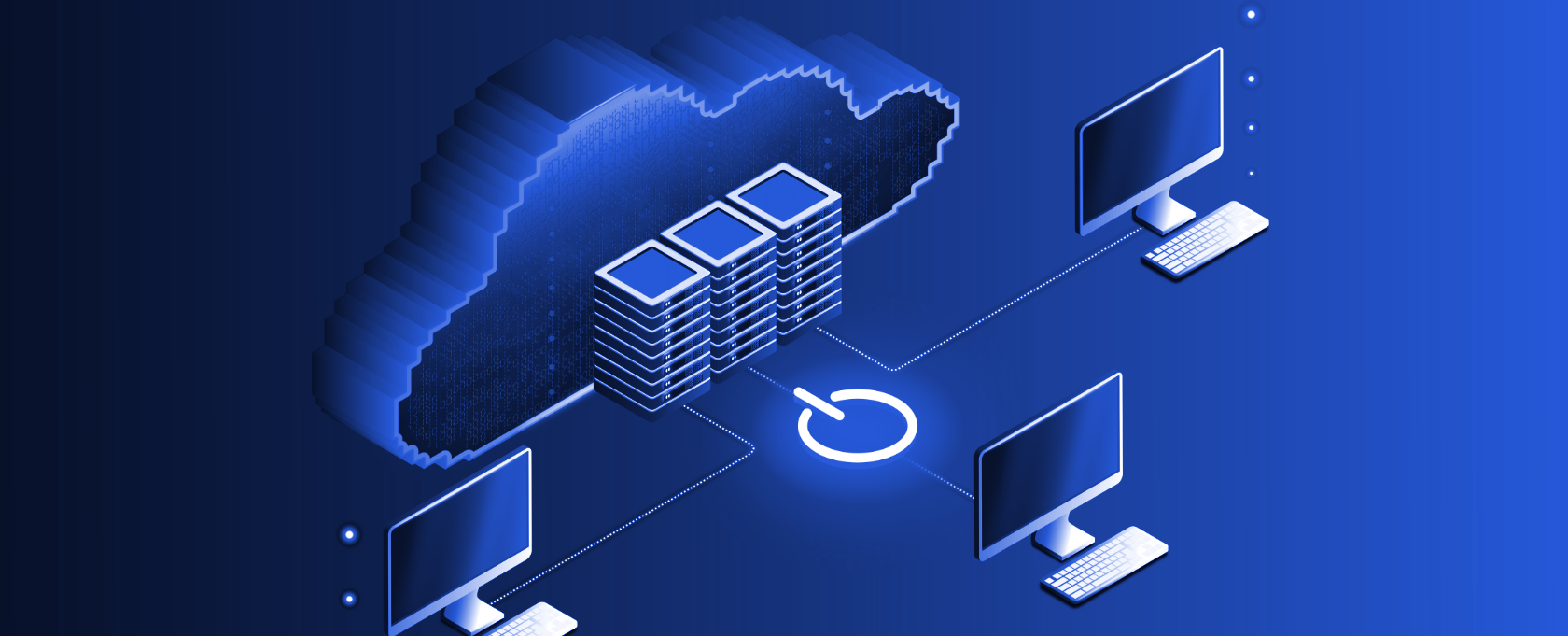Cloud modernization is transforming your IT environment to use the benefits of scalability, agility, resilience, security, and innovation. But if you are an enterprise planning modernization for your systems, understanding its challenges and implementation approach is crucial.
The first aspect that you need to understand is time. According to a report, 28% of tech teams spend time developing new features and functionality. Cloud-based modernization can reduce the time for developing new features if executed correctly. However, it would help to have a strategic plan for each aspect, such as infrastructure, applications, and data.
Infrastructure modernization is the migration of your physical servers, storage, and network devices to cloud-based services. This migration offers more flexibility, efficiency, and performance. Application modernization is redesigning or refactoring your legacy applications to make them cloud-native using modern architectures and technologies.
At the same time, data modernization integrates your data sources and platforms into cloud-based solutions. Now you know what modernization of each system aspect will mean. But how do we ensure effective modernization? We have answered the same in this article, which covers why you need cloud modernization and how to implement it.
Why is Cloud Modernization Necessary?
Modernization on the cloud is important and unavoidable for businesses that want to stay competitive and innovative. It enables businesses to upgrade their cloud computing capabilities and adopt advanced technologies such as AI, ML, edge computing, and 5G.
This helps them improve customer experiences, optimize operations, generate insights, and create new products and services. Cloud modernization enhances data maturity and governance, fosters sustainability and social responsibility, and allows businesses to leverage the full potential of cloud computing.
It’s a continuous journey that requires strategic planning, execution, monitoring, and improvement. Businesses that embrace cloud modernization will gain a competitive edge in the coming years.
However, it is not a one-size-fits-all approach. Organizations must assess their IT landscape and business goals and choose the best modernization strategy for each application and data asset.
Further, you can leverage the “5Rs” framework to implement modernization across data, infrastructure, and applications. It includes rehost, re-architect, refactor, rebuild, or replace.
5R Framework for Cloud Modernization
#1. Rehost
The rehost approach, or the Lift & Shift concept, involves moving essential application resources from an on-premise data center to a cloud-based database.
In this approach to modernization on the cloud, the application’s codebase remains unchanged while the infrastructure is migrated to cloud infrastructure-as-a-service (IaaS), including cloud-based storage and network resources.
#2. Refactor
Refactoring is a process that involves modifying the application and its code to take advantage of the public cloud. This allows you to develop independent services that can be used to enhance the functionality of your application.
#3. Re-Architect
Monolithic apps are transformed into microservices, divided into a cluster of services, and run in containers. This approach leads to faster time-to-market, reduced costs, and improved customer experience.
#4. Rebuild
The rebuild approach is similar to the re-architect approach, but the main difference is that it involves rewriting a cloud-based application from scratch instead of remodeling it.
This approach is beneficial as it helps to boost innovation, reduce overall development costs, and take advantage of technological advancements.
#5. Replace
If you have an older app that still has some useful features but is outdated, you can upgrade it with a more sophisticated cloud-based solution. The approach is to modernize the old, monolithic application with a microservices architecture.
This involves replacing proprietary plugins, outdated technologies, or tools with industry-standard and open-source alternatives.
Enterprises can leverage the 5R framework for their application modernization, but you need a more strategic plan for data and infrastructure modernization.
How Do We Achieve Cloud Modernization Successfully?
Modernization on the cloud involves updating applications, data, and infrastructure to leverage benefits such as scalability, agility, security, and innovation.
Here is a step-by-step process of cloud modernization for your data, infrastructure, and applications:
Step 1: Assess Your Current State
The initial step involves evaluating the current state of your data, application, and infrastructure. You need to identify which data and applications are essential for your business, which are outdated or no longer needed, and which could benefit from modernization or cloud migration.
You should assess the readiness of your infrastructure, including network bandwidth, security policies, governance, and compliance requirements.
Step 2: Define Your Target State
To migrate to the cloud, the first step is to determine your desired state of data, applications, and infrastructure. You should select which cloud platform or platforms you want to use, such as Azure, AWS, or Google Cloud.
You must decide which modernization approach or approaches you want to apply, such as re-platforming, serverless architectures, or digital decoupling.
Step 3: Plan Your Migration and Modernization Strategy
The third step in migrating and modernizing your systems is to plan your modernization strategy based on your current and target state. Prioritizing your applications and data based on their business value, complexity, and dependencies is essential to deciding which ones to migrate or modernize first.
You should also estimate the time, cost, and resources required for each migration or modernization project. Further, you need to consider third-party tools or services for modernization.
Step 4: Execute Your Migration and Modernization Projects
The fourth step in your migration and modernization process involves executing your projects as per your plan. To ensure success, following the best practices and guidelines specific to each cloud platform and modernization approach you’ve chosen is important.
You must regularly monitor and test the performance, functionality, and security of your migrated or modernized applications and data in the cloud.
Step 5: Optimize and Innovate in the Cloud
The fifth and final step involves optimizing and innovating in the cloud once your migration and modernization projects have been completed. It is important to take advantage of the cloud’s features and services to boost the efficiency, scalability, reliability, and security of your applications and data.
You should also consider exploring new possibilities for innovation and differentiation in the cloud, such as utilizing advanced analytics, machine learning, or artificial intelligence.
Key Takeaways
Cloud modernization is not just a buzzword but a crucial step for businesses that want to stay competitive. By migrating your infrastructure, applications, and data to the cloud, you can enjoy several benefits, such as reduced costs, faster time-to-market, improved service quality, enhanced security, better innovation, and increased customer satisfaction.
However, cloud modernization is a complex and challenging process that requires careful planning. This is where Blazeclan can help you by enabling advanced cloud modernization solutions through a team of experts. Contact us now to learn more about our cloud modernization services.

















